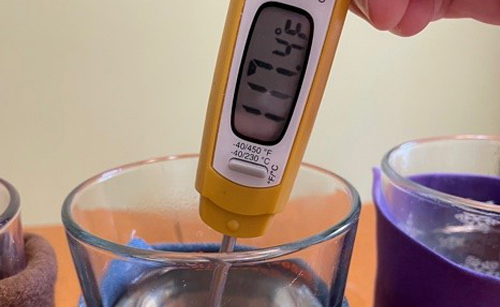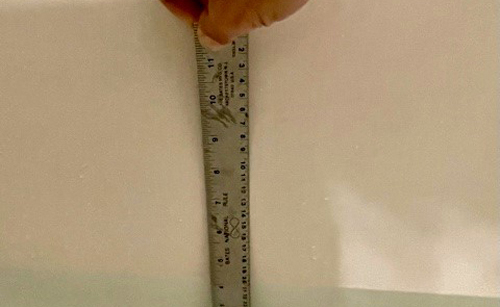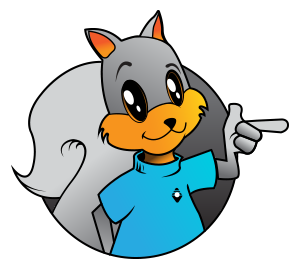Birds are also warm-blooded vertebrates but they are further characterized by feathers, wings, beaked jaws, and egg-laying. Birds are incredibly diverse, from the small hummingbird to the large ostrich. One fascinating fact about birds is that they’re related to dinosaurs!
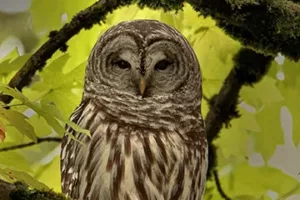
Barred Owl
Strix varia
photo credit: Darian Santner
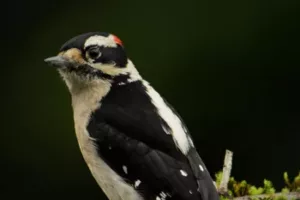
Downy Woodpecker
Dryobates pubescens
photo credit: Darian Santner
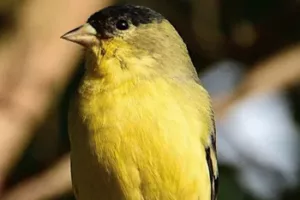
Lesser Goldfinch
Spinus psaltria
photo credit: Darian Santner
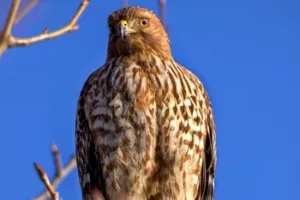
Red-Shouldered Hawk
Buteo lineatus
photo credit: Darian Santner
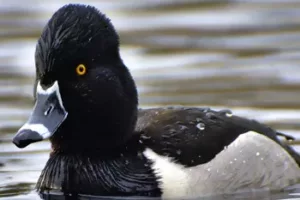
Ring-Necked Duck
Aythya collaris
photo credit: Darian Santner
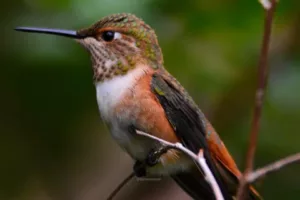
Rufous Hummingbird
Selasphorus rufus
photo credit: Darian Santner
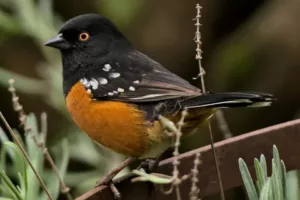
Spotted Towhee
Pipilo maculatus
photo credit: Darian Santner
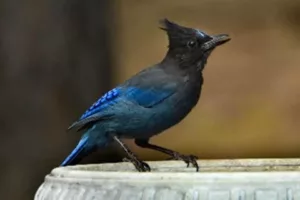
Steller's Jay
Cyanocitta stelleri
photo credit: Darian Santner
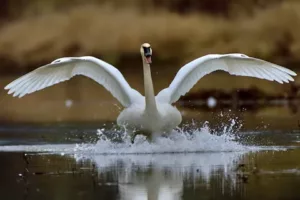
Trumpeter Swan
Cygnus buccinator
photo credit: Darian Santner

White-Breasted Nuthatch
Sitta carolinensis
photo credit: Darian Santner
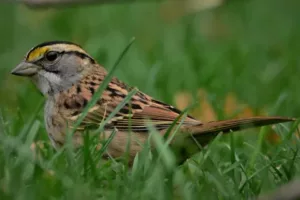
White-Throated Sparrow
Zonotrichia albicollis
photo credit: Darian Santner


